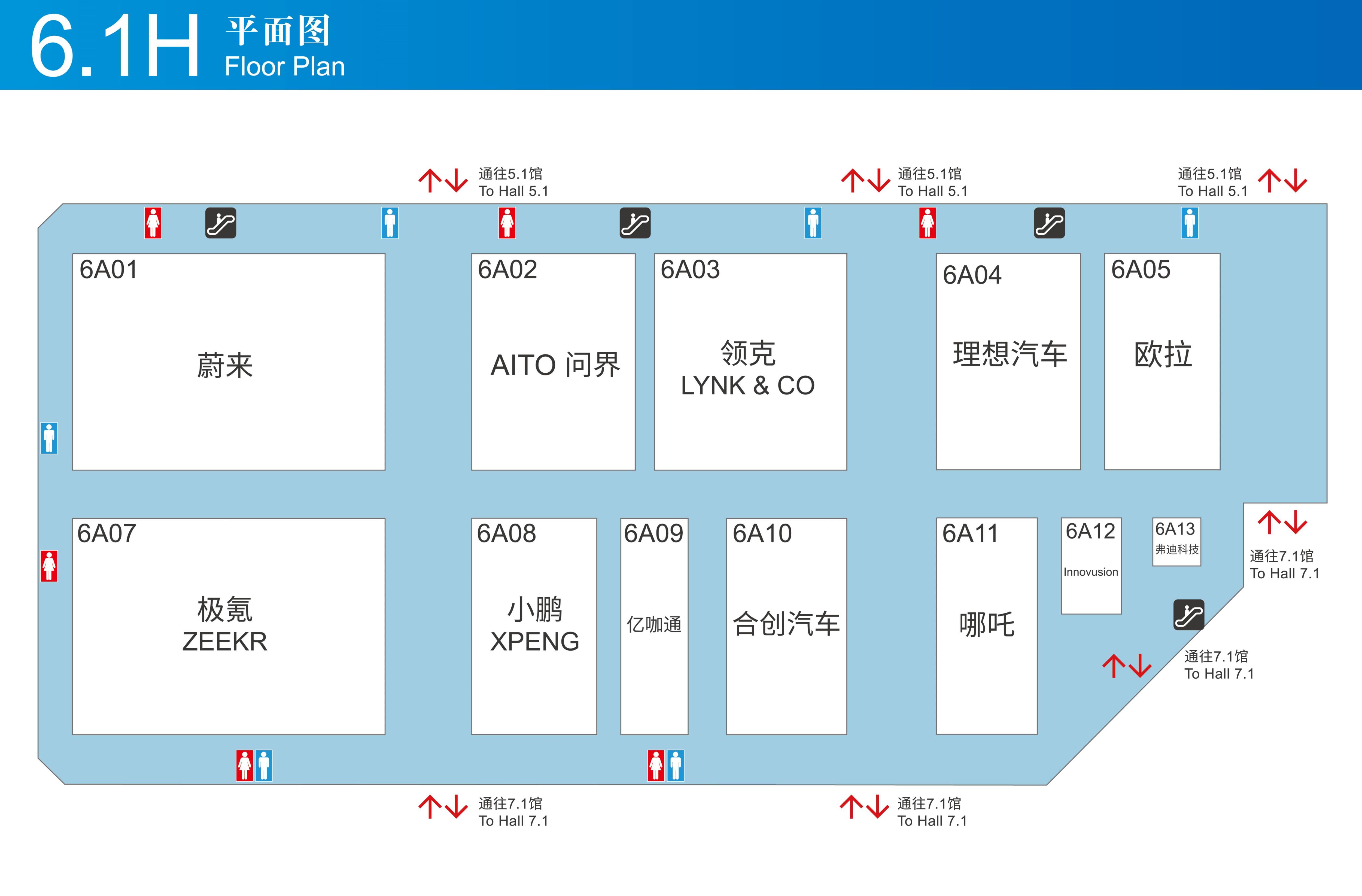The Hesai ET25 is an in-cockpit LiDAR designed to be placed behind the front windshield, with the help of Fuyao's special windshield to solve the signal attenuation problem.

(Image credit: Hesai)
Some have complained that roof-mounted LiDARs have ruined the design aesthetic of Nio (NYSE: NIO) and Li Auto (NASDAQ: LI) vehicles.
Now, a new product from a local LiDAR maker promises to make future vehicles with LiDAR on the roof without design compromises.
Hesai (NASDAQ: HSAI) today officially unveiled its new LiDAR, called ET25, which it says is an in-cockpit LiDAR designed to be placed behind the front windshield.
The ET25 is an ultra-thin, long-range LiDAR, with "ET" standing for Extremely Thin and "25" referring to its height of only 25 mm.
The LiDAR will be mounted behind the windshield, which allows for a smoother body design without compromising wind resistance, according to Hesai.

At the same time, the design allows the device to clear the view when it is covered with dust, rain or fog with the help of the vehicle's wipers alone, the company said.
Unlike Tesla (NASDAQ: TSLA), which relies on pure vision solutions for its autonomous driving technology, local Chinese car companies prefer to get better environmental awareness by equipping their vehicles with LiDARs.
Among the common solutions available today, Nio and Li Auto both put LiDARs on the roof of the vehicle, but at the expense of aesthetics to some extent. Nio's LiDAR supplier is Innovusion backed by Nio Capital, and Li Auto's supplier is Hesai.
Xpeng, on the other hand, mounts LiDARs near the headlights, such as the G9 and P7i, and the P5, but some are concerned that this location is vulnerable to damage. The LiDAR supplier for the Xpeng G9 and P7i is RoboSense.
It is worth noting that Hesai's latest solution may raise concerns about the attenuation of LiDAR-emitted signals when they are blocked by glass.
Conventional automotive glass causes severe signal attenuation of the near-infrared laser emitted by LiDAR when it encounters glass, which does not meet the need for range and resolution, said Hesai.
In addition, how to effectively integrate LiDAR with other devices mounted behind the windshield, such as cameras and rain sensors, is also a great challenge when installing the device into the cockpit, it said.
To address these challenges, Hesai announced a strategic partnership with automotive glass giant Fuyao to advance the adoption of this new LiDAR while unveiling the ET25.
Fuyao's specially made front windshield solves the challenge of signal attenuation in the cockpit caused by ordinary glass when LiDAR is running, Hesai said.

The use of this specially treated glass in the KOZ (Keep Out Zone) area of the LiDAR allows the ET25 to perform without compromise, according to Hesai.
At just 25 mm thick, the ET25 is nearly half as thin as the Hesai AT128, but instead of sacrificing performance, it is more powerful, the company said.
It has a FOV of 120° (H) x 25° (V) and can detect up to 250 meters without a windshield and up to 225 meters behind a windshield, according to Hesai.
With a point frequency of more than 3 million per second and a minimum resolution of just 0.05° x 0.05°, the ET25 brings ultra-high-definition, long-range 3D perception to smart cars, it said.
The ET25 uses Hesai's in-house developed laser transceiver chip to make the receiver chip several times more sensitive, it said, adding that the product can increase the ranging capability of a 905 nm LiDAR to more than 250 m for objects with 10 percent reflectivity.
With only 12 W of power, the LiDAR has excellent thermal performance and can operate continuously in the cockpit for long periods of time, maintaining high performance even on hot summer days, it said.
The ET25 operates at less than 25 decibels in the cockpit, which is lower than the noise level in a quiet library, meeting the NVH requirements in the cockpit of a luxury electric vehicle brand, Hesai said.
Founded in Shanghai in late 2014, Hesai initially focused on developing high-performance laser sensors and has been exploring driverless LiDAR products since 2016.
On February 9, the company completed its NASDAQ debut, becoming the first Chinese LiDAR manufacturing company to list in the US.

LiDAR-maker Hesai posts Q4 revenue growth of 56.6% YoY in 1st earnings report since US IPO



